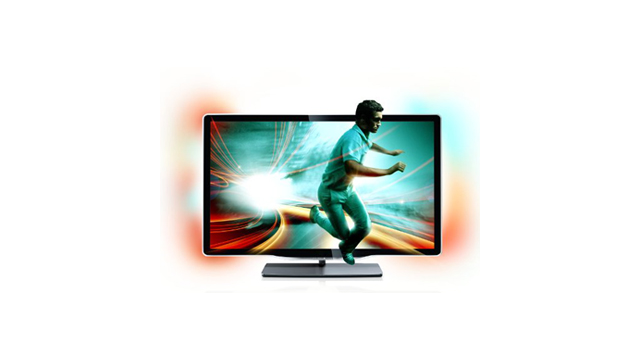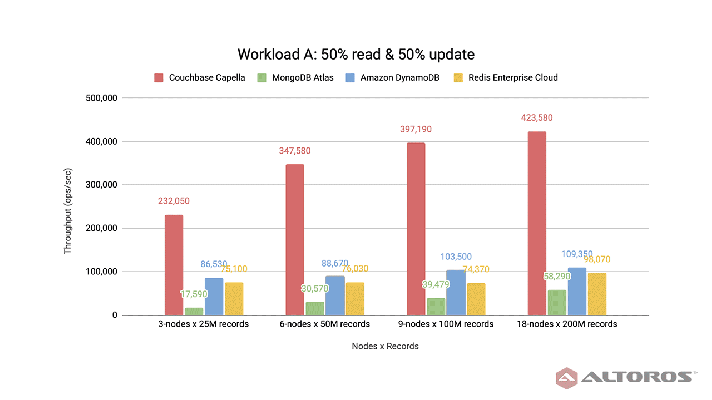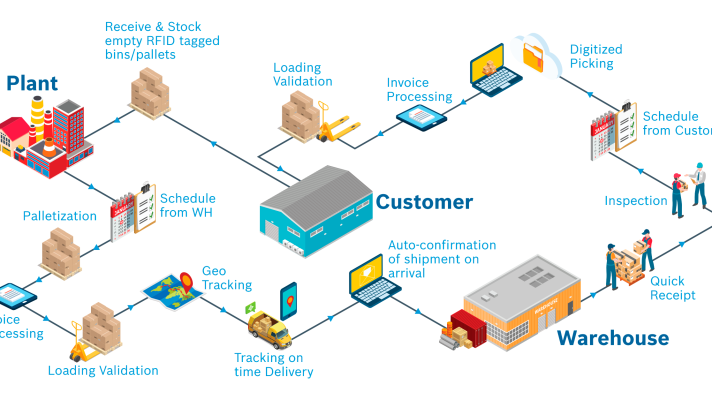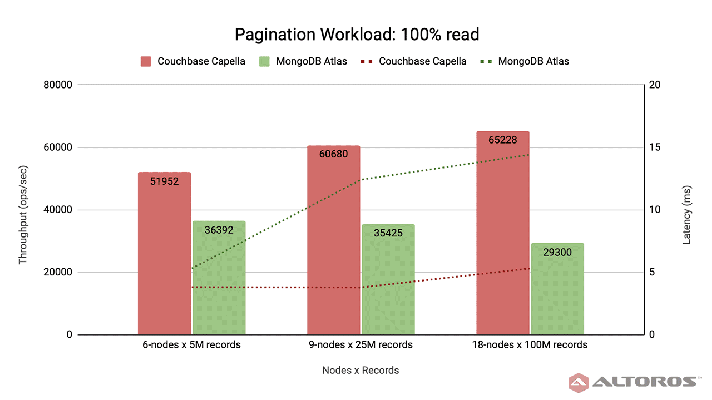SmartTV: Television Is in Again

What is SmartTV?
Let’s start with the definition. SmartTV is a TV set or a receiver with a built-in Internet access module. This technology is a computer system integrated into a TV, and, more often, it allows for installing additional software. Although the SmartTV technology is just beginning to develop, such large TV suppliers as Samsung, Sony, LG, and others actively promote it on the market.
Unfortunately, nothing has been done yet to work out any standards for building SmartTV software, which makes the situation messed up a bit. That’s why most devices currently work on Linux, UNIX, and Android operational systems, as well as their modifications.
There is also no clearly defined way for developing and, moreover, distributing apps for SmartTV, as the current systems are proprietary outside and do not allow for installing software from third-party sources. Additionally, SmartTV producers still have not come up with building an App Store analogue for the TV market.
The necessity of standardization
Probably, to resolve the problem with app development and further distribution, LG, Philips, and Sharp have created an association that aims to bring standardization. For the basis, they have chosen such well-known technologies, as HTML5, CE-HTML, and HbbTV. Let’s take a detailed look at the technologies suggested by the association.
- HTML5—good old HTML! The current trend for client software development shifts to using HTML, CSS, and JavaScript, thus, reducing the cost of development and turning almost any application into a cross-platform one.
- CE-HTML is a subset of XHTML that enables creating user interface for consumer electronics (CE), e.g., for TVs. The pages created with CE-HTML are usually based on a 10-foot user interface, which makes it easy to control electronics remotely. Large elements and the possibility to use the remote controller are the key distinguishing features of interfaces created with CE-HTML.
- HbbTV—Hybrid Broadcast Broadband TV. The main services available in HbbTV include video on demand, interactive advertising, TV guide personalization, voting, games, social networking, and many other multimedia applications related to TV use.
Unfortunately, at present, Samsung—the largest SmartTV supplier and promoter that currently offers more than 1,000 applications in their app store—is not a member of the association. However, the lack of clear development methods for Samsung, as well as for TVs of other brands, prevents this technology from wide expansion.
The day when LG, Philips, and Sharp deliver a ready-to-use specification—that should happen on January 12–13, 2012, at Consumer Electronics Show (CES 2012)—will become a turning point for designing SmartTV software. If additionally, the association manages to create one common center for distributing the applications developed for this platform, then the amount of software will increase at geometric progression rate. It’s inevitable that all other SmartTV device providers will have to join this association.
Certainly, we shouldn’t disregard Google with its GoogleTV and their promises to enable access from the platform to a larger amount of apps on Android Market. So, many people say that the time of TVs has gone, and the Internet comes instead, but I consider it a bit untimely. To sum up, long live the mix of TV and the Internet, and let’s put an end to proprietary software, welcoming open standards and opportunities instead.
Further reading
- 2016–2017 Trends: Smart Cities
- Top 6 Enterprise IT Trends to Watch in 2018
- Digital Transformation: What Are the Challenges and Where to Start?







